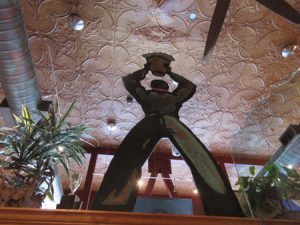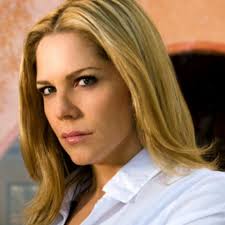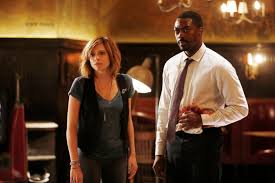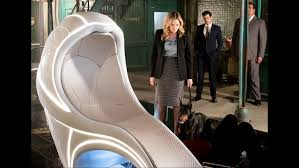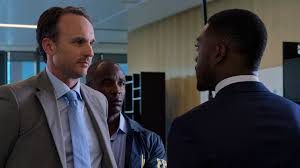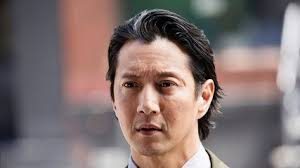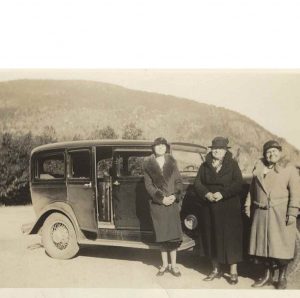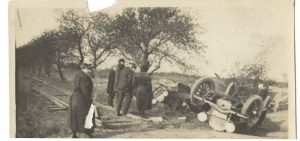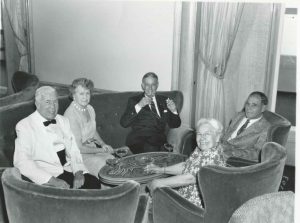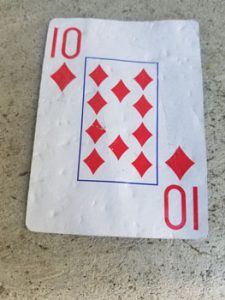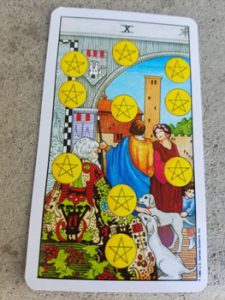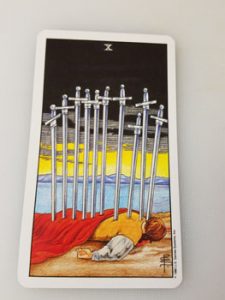I had a great conversation with Brandy this week about magical systems. It got me thinking.
I’ve loved fantasy since I can remember. I loved fairy tales as a child, particularly ones where girls went alone into a dark wood and met a figure of power. In the 1970s I read Tolkien, Lord Dunsany, LeGuin and McKillip. I loved them all for different reasons. I read a lot of bad fantasy and I loved a lot of it too, for a lot of different reasons.
Tolkien wasn’t particularly interested in magic. If there was a system he wanted to explore in Lord of the Rings, it was linguistics. There were ghost armies, undead ringwraiths, rings of power (one of which apparently had a mind of its own) crystals that allowed to you see and communicate long distances; there were talking dragons and huge magical eagles, but it was the poetry, the spells and the songs that drew most of his imagination and most of his attention.
Ursula LeGuin envisioned a magical system drawn from a number of sources. These included a spiritual practice or system; nature-based folklore, and study. LeGuin’s magic was often deep knowledge, symbolized by the ability to Name things. LeGuin’s magic required the practitioner to look deep within; far from being a white knights or all-knowing saviors, LeGuin’s magicians struggled with their own darker impulses. Magic practice had consequences in her world. Often, those consequences came from the actions of the protagonists, as they were forced to confront their own blind spots.
Many fantasy novels from the 1970s/80s hewed closely to British Isles folklore and Greco-Roman (often called “classical”) mythology. Experimental writers in the 70s and 80s looked at Asian belief systems and Native American belief systems to inspire their magic. Those experimental writers got lost in the flood of three-book, epic War Against Evil, Got-to-Find-the-Magic-Stuff fantasy series of the 1980s.
In the 1980s, one clue that you were reading a bad fantasy was that magic had no limits. There were no consequences for the wielder; there was often no internal consistency and often no source for the magic. Robert E. Howard’s imaginary warrior Conan lived in a world with this kind of magic, and in the 1980s lots of people who weren’t writing Tolkien Lite were writing Howard Lite; more graphic sex, less sincerity, and endless gouts of magic, probably fueled by gory human sacrifice for reasons that are not explained except Evil Evil Evil.
Should magic have rules? Of course. Spells, rituals, magical artifacts and potions are part of the fun of the genre. One premise of a magical system is that magic is some form of energy. Energy has to be channeled. These are the ways we channel it.
“Rules” doesn’t mean magic is by the numbers. Good magic in a book is high-risk and contains an element of unpredictability. And most fantasy books have a premise that not everyone can do magic. If magic were just a formula, then anyone could do it. That’s a premise too, by the way; open-source versus controlled knowledge (throw open the libraries and share magic with everyone!)
So, what kinds of magic systems are there? Here are some:
Nature-Based Magic:
Here’s my personal favorite. Magic is portrayed as a force on the earth, often tied to “the four elements” (earth, air, fire, water). The elements may be anthropomorphized, with “elemental” beings related to one of the four. A magical human may have a particular affinity for one or more of the four. Some folkloric systems have five elements, some break out the elements differently, but they are based on observations of the natural world.
Herb-magic, plant magic and potions also go along with nature-based systems. In my opinion, blood-magic does too.
Who does it well? LeGuin and Noami Novik come to mind. A writer doing wonderful things with earth-based systems is Nnedi Okorafor, who is drawing from her Nigerian background to create characters who interact with the earth in ways that are new to me, internally consistent, and fascinating.
I’d have to say N.K. Jemisin’s recent trilogy The Broken Earth uses a form of earth magic. In Jemisin’s hands it becomes something completely new.
The Old Magic, The Dark Magic:
An offshoot of nature magic is the sense of older, darker magic, a force, or something, that may be awakened by superficial conjurations, and may not be happy. I think the old magic is a throwback to the times when we didn’t live in such a tech-bubble. Night was frightening, the forest was frightening, because we understood our place in the ecosystem better (in short, we could become prey). But the impulse to the old magic is deeper than just fear that the wolves’ll get you. I think it’s the remnants of reverence. It’s a spiritual impulse powered by the force of nature. In fact, knowing what we now know about trees and fungus and how they communicate, the idea of the dark forest as a place of magic suddenly doesn’t seem so old-fashioned.
The Magic of The Others:
Outsource your magical needs! Just be really careful when you do. Here are a few of magic’s best-known contractors.
The Fae: They were here before us, they aren’t like us, and they have powers that we do not. Interacting with them is highly risky, and can be highly rewarding.
The Devil, or demons: The magician makes a deal with a creature from an underworld, whatever underworld it is. Once again high-risk, high-reward. Deals with demons always read to me like dominance exercises. The magicians impose their will on a fierce creature with powers—or at least that’s what they think they’re doing.
An example of Magic from the The Others, with consequences, is the sword Stormbringer, wielded by Elric of Melnibone, Michael Moorcock’s anti-hero. Stormbringer eats the souls of those it kills and feeds the energy of that life force back into its wielder. It could be just a magical artifact, but Stormbringer isn’t. It’s sentient, with tragic consequences for Elric.
What about gods? Surely gods fall into this category. God become magical systems when they provide magically imbued weapons and when they procreate with humans, which is probably the most common god-based fantasy-magical system. A protagonist, or the villain (or both) is half-god. Gods are just as tricky as the Fae or demons. Don’t believe me? Ask the ancient Greeks.
Do gods stand in for a spiritual source of magic? I think rarely. In fantasy (and folklore) gods are super-powered Others. One fantasy writer who is taking a serious look at spirituality as a source of magic is Max Gladstone in his Craft series. Not too long ago, in this world (really far-future earth) human waged a war against the gods and won. They killed the gods, or so they think, anyway. They siphoned off the spiritual power of the gods into quantifiable units called thaums. Where before a priestess or priest used sacrifice or ritual to get a god to power the city, provide fresh water or heal the sick, now people offer units of thaums to get what they need, and larger agreements about the bodies of the dead (not-so-dead) gods is written up in contracts by people of the Craft, who look a lot like lawyers. Gladstone has a lot to say about secularism, spirituality, speaking truth to power and the nature of belief.
Magical Substances:
Drugs! Yes, one of the most reliable sources of magic.
I think maybe “blood magic” could go here as well, especially if the magical practitioner ingests it to get power. Many modern fantasies rely on a specific magical substance; the blood of a magical creature (or its meat or its bones); water from a somehow-magical spring, the leaves of a plant. Devon Monk has a substance called “glim” in her magical steampunk series; brave airship pilots take their ships way too high in order to harvest it. Glim is somehow connected to an age-old and very convenient substance called the ether.
Brandon Sanderson’s popular Mistborn series probably took the “drink some stuff, get magic” system the farthest, with the most detail. For certain magical people, ingesting small amount of metal powder gives them powers. Specific metals provide specific powers, and Sanderson’s book include the tables and appendices that will give RPG-type fantasy readers shivers of joy.
Greg van Eekhout created one of the most innovative “magic by substance” systems in his Osteomancy series, where bones hold the magical essence of creatures.
We can take magical substances a little bit further if we look at the superhero genre. Gamma rays, exploding reactors, and spider bites are all examples of magic being imposed by substance.
What’s your favorite drug magic?
Ceremonial/formulaic Magic:
I’m cheating by lumping these two together. Ceremonial magic relies entirely on the accuracy of each word, each gesture, each glyh. It requires study and drilling, and it’s hierarchical. I think it works based on the idea of affinities, but ceremonial magic is coercive. The magician or wizard is forcing the universe to do their will.
It’s very popular in movies because you can have a great scene at the end where people are shooting at you and the scary monster is also there but no matter what you really have to concentrate and get the spell exactly right! It’s also popular with the people who like magical duels and magical battles, because it seems to be about power. To me, it also seems like, logically, anyone who studied and committed themselves to it could do it. (That concept will become Part Two of this very long post.)
I think it’s possible to put potion magic in this category because a potion uses a formula, but I think potion magic can fit more than one place.
Magic of Whimsy:
Brandy coined that phrase and I like it, so I stole it.
I think the magic of whimsy relies on affinity. Even though the results of magic of whimsy are serious, there is an always an element of play. One fun example is Matthew Swift, the character in Kate Griffin’s books. If I remember it right, Matthew once faces down a magical adversary in the Tube in London by flashing his Oyster card and reading off the back. An Oyster card gives its holder access to the Tube. Big deal, right? Except that Matthew knows that the city of London is 2000 years old, and he confronts his adversary with the moral right, bestowed by the city, to have access. It sounds silly, but it’s good magic. Matthew can evoke creatures out of gutter litter. The city can also inflict creatures of shadow, of paint, of electricity, on its residents because London is almost a living being of great power.
Nobody does the magic of Whimsy better, in many books, than Sir Terry Pratchett.
The magic of whimsy works, I think, because the wielder has, if not respect, at least understanding and affection for the system they are drawing on. That may not be a traditional magical system. It might be the city you grew up on and have come to love. It might be the folks songs you and your band play. It might be the little vegetable patch you planted with your grandma when you were a kid, that you still maintain. All these things, these things that root your in your live, can become sources of magic.
Magic of Sound:
Word magic. Spells, curses, chants. Words that mustn’t be spoken. Names of things. Humanity’s most powerful tool is probably the most common source of magic.
Sometimes spells must rhyme or scan. Sometimes they must be spoken in a language not known by the common folk; sometimes a dead, or forbidden language. Sometimes they must be sung. Clearly, the idea of vibration hums around the thought of word magic.
LeGuin had the idea of Naming magic; that to know someone or something’s true name connected you with it. It might mean that you have power over it, but in some cases that “knowing” is a lifeline. Naming is about intimacy and trust, powerful things we don’t really understand. A perfect matrix for magic.
The Magic of Numbers:
From numerology to physics, numbers and math are the perfect seedbed for magic. It’s nearly always ordered and structured, but once in a while a writer like Charles Stross gets hold of it and makes it wild, scary and incredibly fun. That’s about all I’m going to say.
What is the purpose of magic? What is the meaning of magic? Who gets it use it? I think I’ll do a second post, about who is in the magic club, and who is out.

